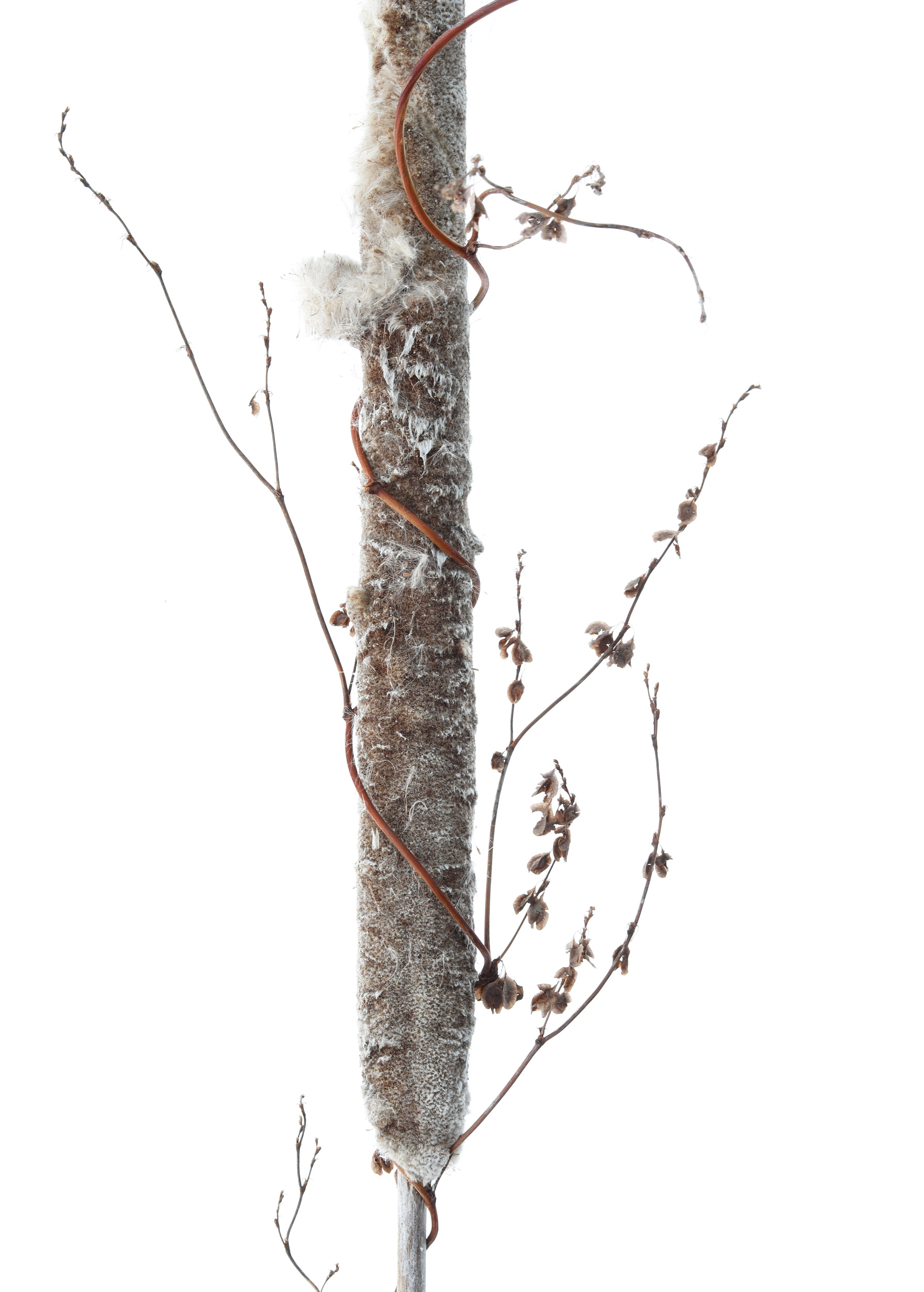
what’s your love language?
are you familiar with the 5 love languages? if not, do yourself a favor and google it, and take the short assessment to see what your love language is. in my opinion, it is one of the more informative of all the personality tests. my love language is acts of service. of the five love languages, gifts ranks the lowest for me. so when my son and his girlfriend went for a winter walk yesterday to go feed the trumpeter swans and then carried home for me this cattail and grape vine sculptural art, i declared it the best act of service ever. was it a gift or an act of service you ask? knowing how inconvenient it is to carry delicate specimens home from a long walk, i am declaring it an act of service. thank you joseph and josie, it’s perfect!
cattail wrapped by a wild grape
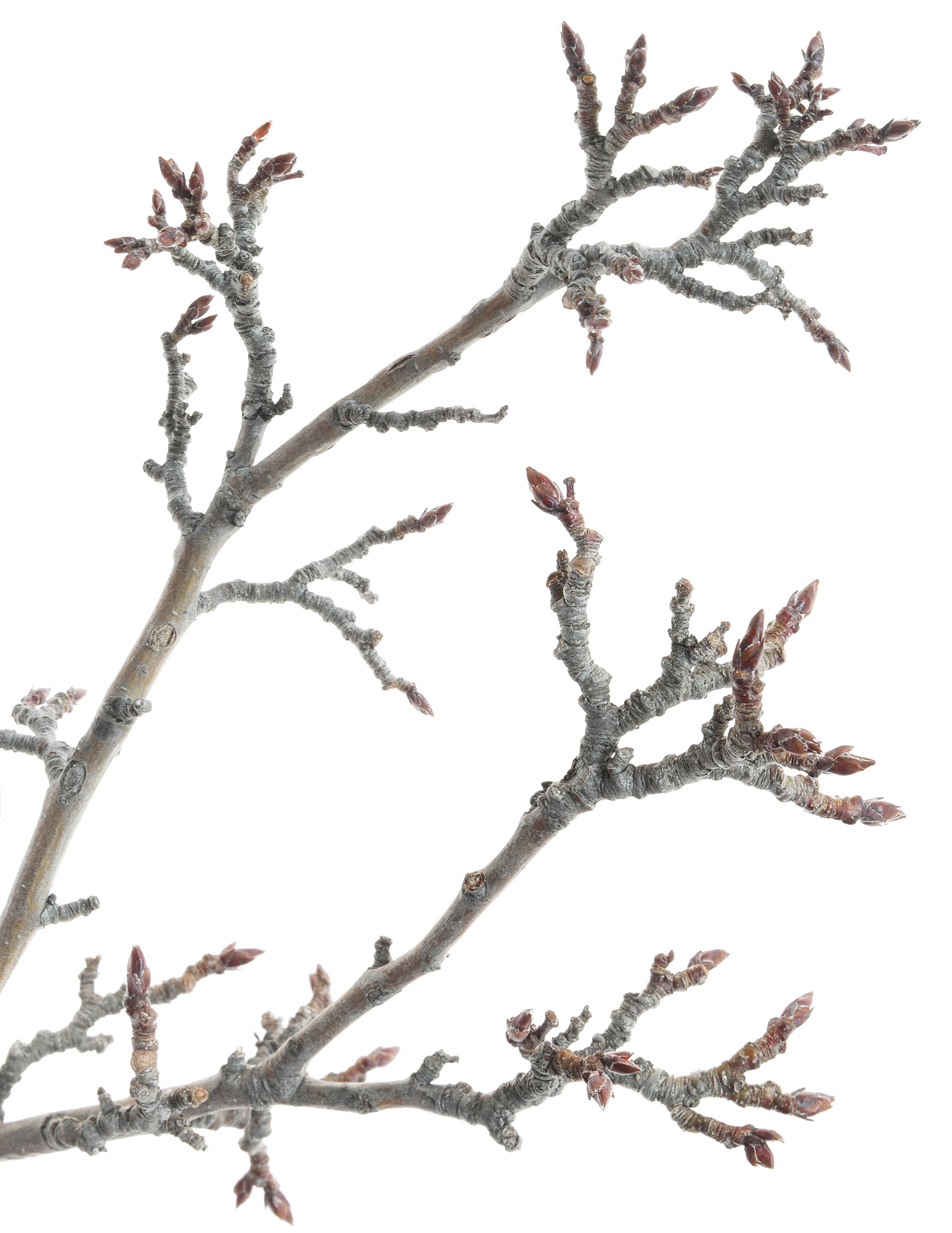
finding color in winter
the transition from gray to wine red on these branch tips is so subtle. i love the quietude of winter.
wild apple branches in winter
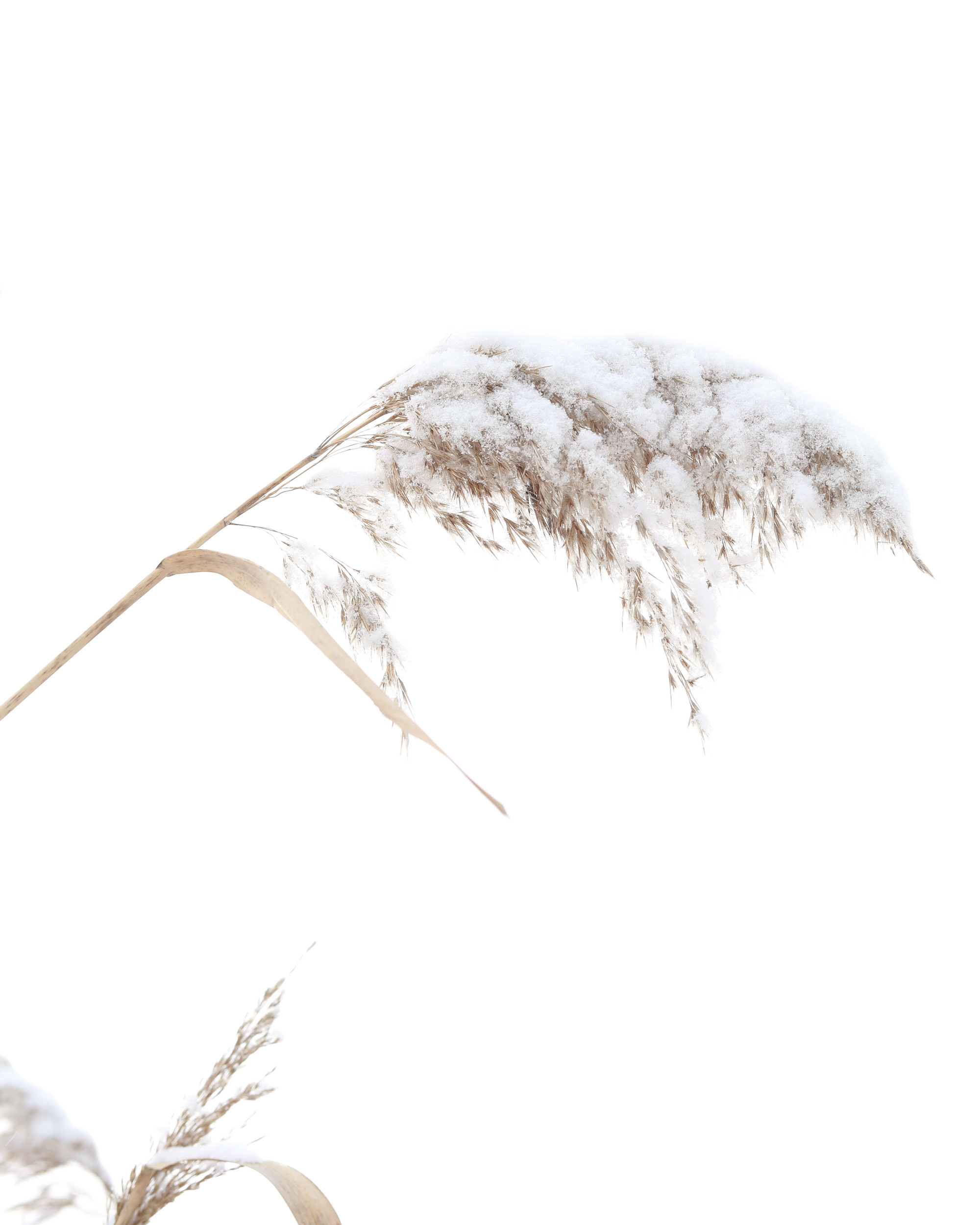
the heaviness of light snow
i woke up to a forecast that said “light snow all day.” for many days now, i have woken up to the light obligations of caring for an aging mother. no one day has felt overwhelming, but they have accumulated, like light snow all day on a head of pampas grass.
snow-covered pampas-like grass
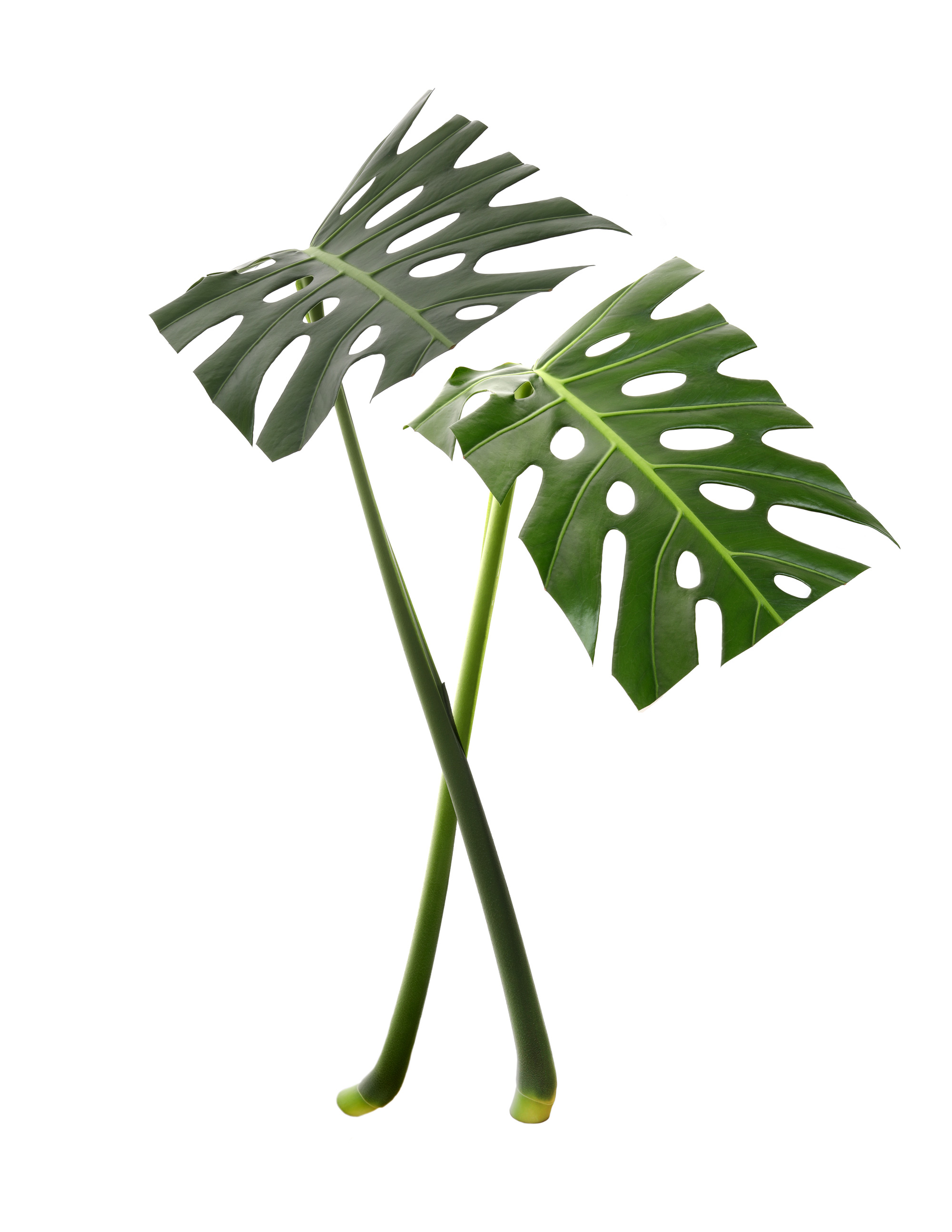
oh, my poor house plants
i gave my monstera plant the STILL treatment today. monstera is one of the most beguiling leaves i know. as a result, it has been photographed to death. so, in an attempt to take a new angle on this beloved leaf, i gave it a little trim. i hope i gave you a small surprise this morning–seeing familiar subjects with new eyes is on of my goals with STILL.
monstera leaves
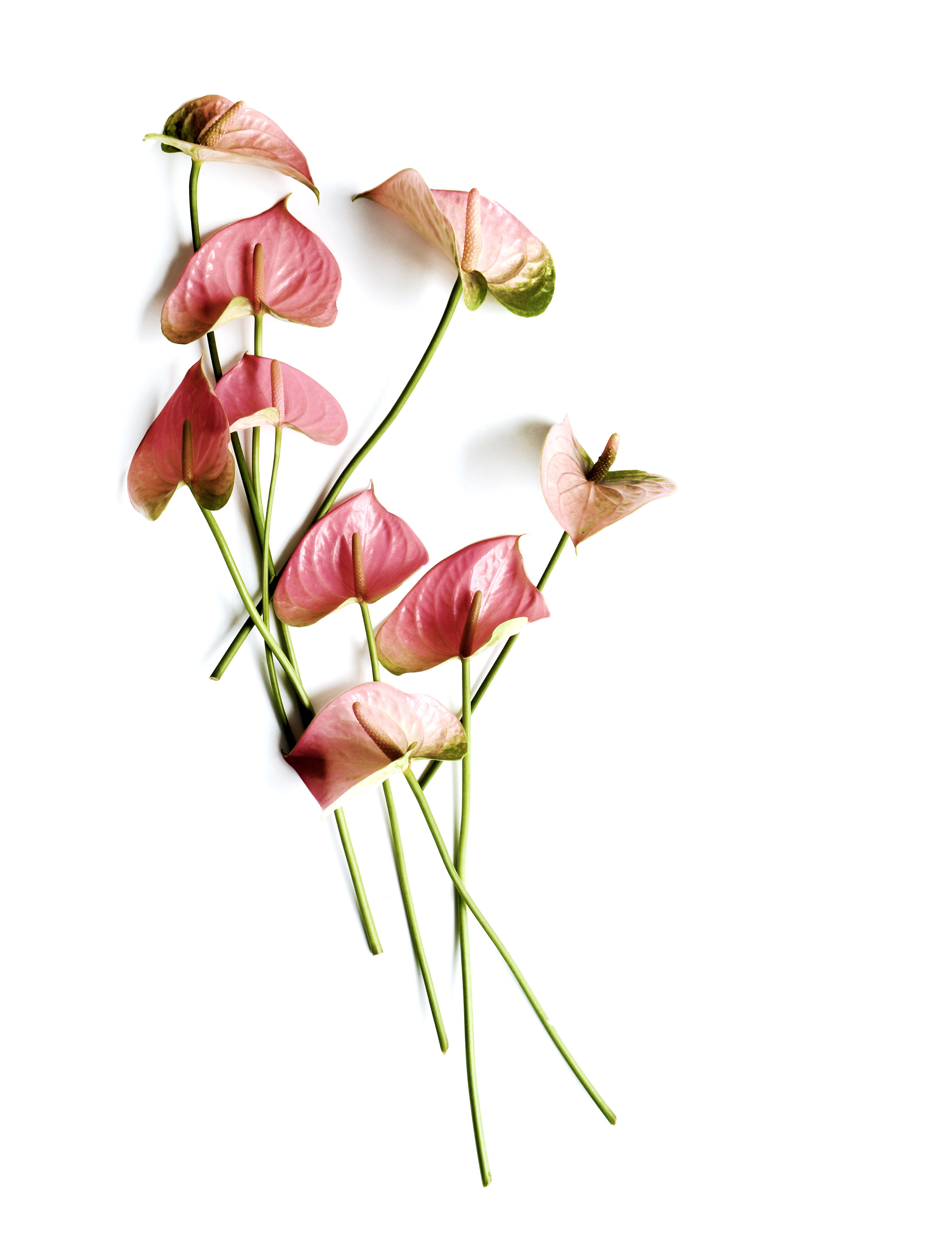
nothing is safe
when the sun starts setting, and the day has been consumed with caretaking, and a STILL photo has not yet been made, the house plants are start to quiver. art is a hungry beast. nothing is safe.
anthurium


